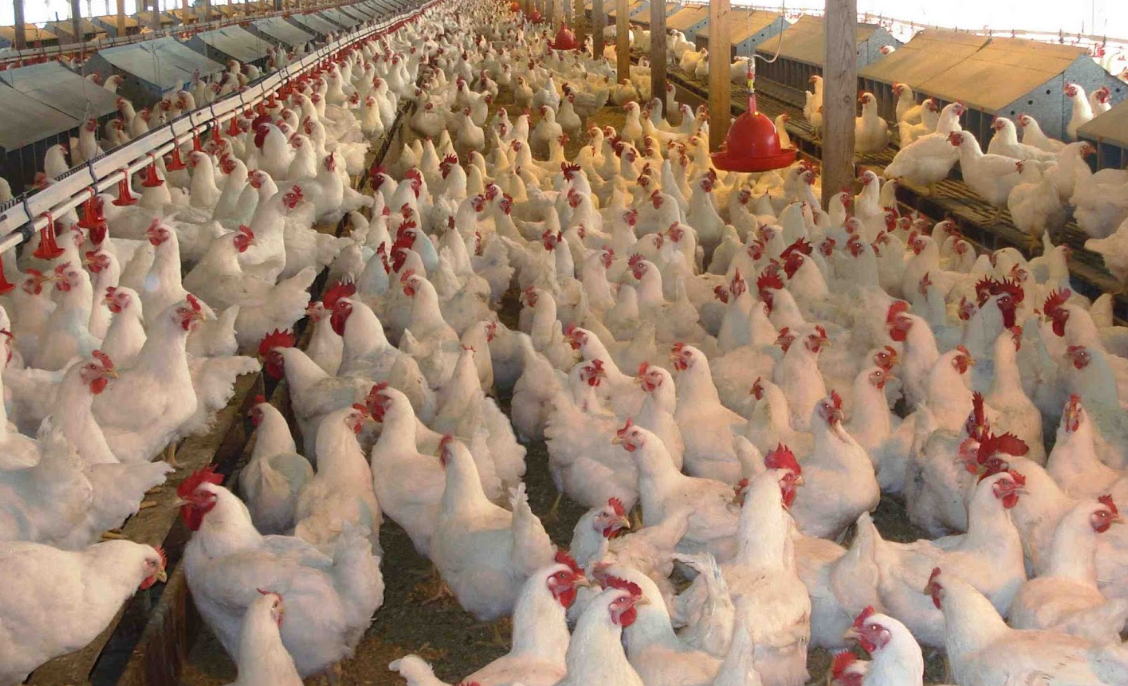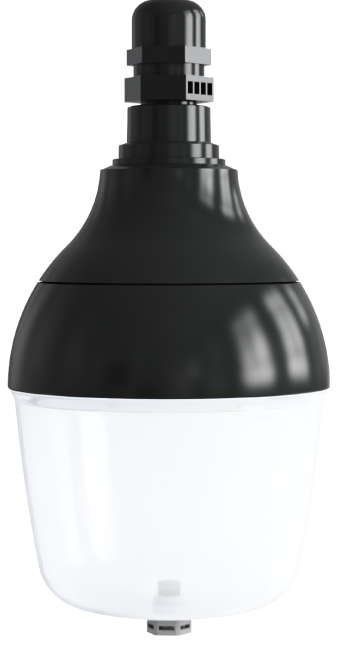Why do farmers keep chickens in the dark?
Why do farmers keep chickens in the dark?

Directory:
1. Optimized Feeding Behavior and Growth Efficiency
2. Integrated Parasite and Pathogen Control
3. Circadian Rhythm Preservation
4. Welfare-First Lighting Design
5. Energy-Smart Strategies
6. Regulatory Compliance
1. Optimized Feeding Behavior and Growth Efficiency
Intermittent Darkness Benefits:
Splitting dark periods (e.g., two 4-hour intervals vs. one 8-hour block) aligns with chickens' natural feeding rhythms. A 2022 study demonstrated that broilers under a 4L:4D:4L:12D schedule achieved 6.2% higher weight gain and 4.8% better feed conversion compared to continuous lighting, due to synchronized feeding peaks and reduced pre-darkness binge eating (Poultry Science, Vol. 101).
Circadian Synchronization:
Controlled darkness stabilizes melatonin production, which regulates metabolism and muscle development. Disrupted rhythms from prolonged light increase abdominal fat deposition by 12–15% (Journal of Animal Science, 2023).
2. Integrated Parasite and Pathogen Control
Mite Behavior:
Dermanyssus gallinae (poultry mites) exhibit 70% higher nocturnal activity, but darkness alone cannot eradicate infestations. Combining 4–6 hours of darkness with acaricide-treated perches reduces mite populations by 40–60% (Veterinary Parasitology, 2021).
Bacterial Risks:
Excessive darkness (>8 hours) in poorly ventilated coops increases airborne E. coli levels. Farmers balance dark periods with UV-C light disinfection cycles during daylight hours.
3. Circadian Rhythm Preservation
A 14L:10D cycle maximizes egg production while maintaining melatonin rhythms. Continuous light (>16L) suppresses immune function, raising mortality rates by 8–10% (British Poultry Science, 2022).
Broilers:
Gradual dimming (100% → 1% lux over 30 minutes) mimics dusk, reducing stress-induced corticosterone by 25% compared to abrupt darkness.
4. Welfare-First Lighting Design
Intensity Gradients:
Broilers prefer 20–40 lux for feeding and <5 lux for resting. LED systems with zonal lighting (bright feeders/dim perches) improve leg health scores by 30% (Applied Animal Behaviour Science, 2023).
Spectral Considerations:
Red light (660 nm) during dark periods allows farmer inspections without disrupting sleep (poultry lack red cone cells), while blue light (>480 nm) at night disrupts melatonin by 50%.
5. Energy-Smart Strategies
Intermittent Lighting:
Alternating 1-hour light and 2-hour dark intervals reduces energy costs by 35% while maintaining growth rates in broilers (Energy Reports, 2023).
6. Regulatory Compliance
EU Directive 2007/43/EC:
Mandates ≥6 hours of darkness (≤1 lux) for broilers to prevent skeletal disorders.
Global Animal Partnership (GAP):
Requires UV-A exposure during daylight and uninterrupted 4-hour darkness for organic certification.
Farmers use controlled darkness to enhance growth efficiency, manage parasites, align with circadian biology, and meet welfare standards—not to deprive chickens of light. Modern systems combine LED precision, circadian biology, and integrated pest management, ensuring productivity and ethical practices coexist. Excessive darkness (>8 hours) is avoided to prevent behavioral issues, while strategic dark periods (4–6 hours) are a cornerstone of sustainable poultry farming.
7. Related Product

_thumb.jpg)